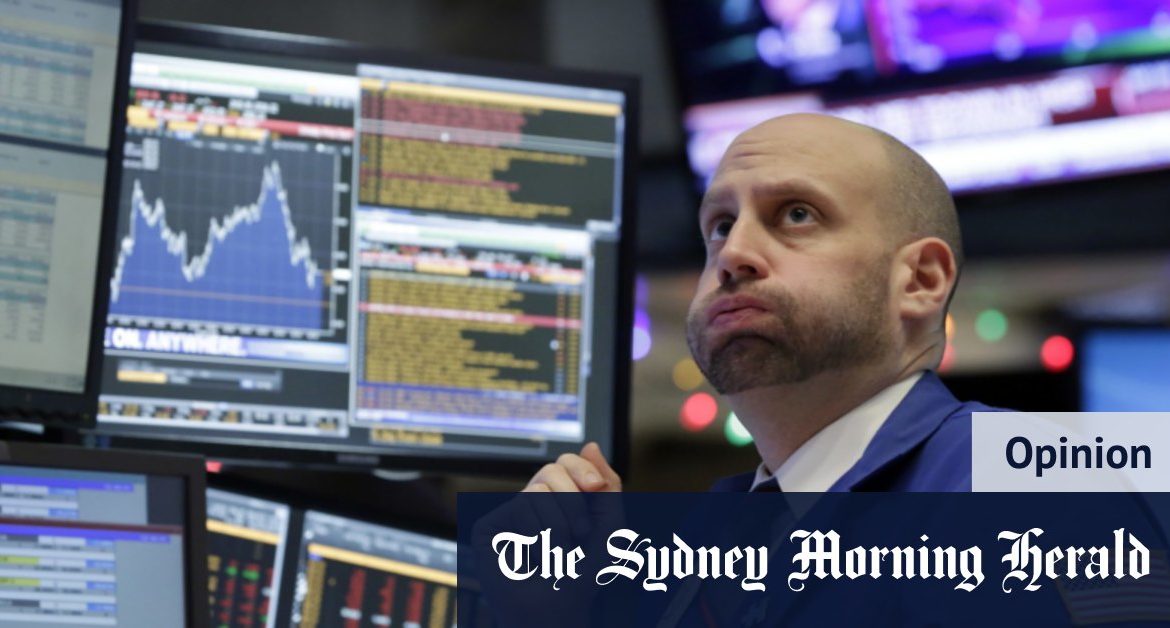When the action was previously confined to a handful of big US companies in one particularly favoured sector, plenty of investors did not experience the dopamine rush of a share price that goes up day after day after day.
Anyone who was active in the markets through the final months of 1999 will confirm that there are few more exhilarating feelings than making money for nothing other than being in the right place at the right time. The current euphoria has been triggered by a broadening out of the bull market in November to beaten-up stocks hammered during the early days of the pandemic.
One lesson from the dotcom years is that the time to be careful is when everyone else has thrown caution to the wind.
British Airways owner IAG is 70 per cent higher than it was a month ago, Rolls-Royce is 54 per cent up, boring old BT has risen 37 per cent and unloved fossil-fuel dinosaur Shell is 36 per cent better. If you haven’t made money recently, someone you know is telling you that they have. Optimism is infectious. So too is the fear of missing out.
All this has happened despite still ghastly headlines in the real world. Last Friday, new infections in the US topped 200,000 in a day – just a month after they exceeded 100,000 for the first time. All of Europe’s major economies are in retreat due to a second wave of lockdowns.
Christmas might turn out to be the super-spreader event that Thanksgiving is looking to have been in America. The global economy will have shrunk by more this year than at any time since the Great Depression.
So, it is reasonable to ask whether investors have got ahead of themselves. It would be remarkable if they had not, given the cocktail of stimulants markets have imbibed over the past month.
The first of these was already in place before November arrived – coordinated, and massive, fiscal and monetary stimulus. Never before have central banks and governments acted in tandem in this way, not after the Japanese bubble burst in 1989, not after the dotcom crash or the credit crunch. What added fuel to this fire last month, however, was the appointment of Janet Yellen to head the US treasury. Yellen and Fed chair Jay Powell playing tag will be a potent force in the months ahead.
Investors have been cheered by a number of positive vaccine developments.Credit:Bloomberg
The second key driver is the Goldilocks scenario of Joe Biden in the White House with just enough support in Congress to boost government spending, but not quite enough to push through damaging tax rises to pay for it. Gridlock in Washington is good.
The third, and most powerful, boost has come out of the labs. Only widespread vaccinations can unlock the pent-up consumer demand and international travel that the economy needs to return to growth.
The economic slump in 2020 has been savage but it can be reversed, if not overnight then within months. The 4.4 per cent fall in global GDP this year will be more than offset by a 5.2 per cent expansion the International Monetary Fund has pencilled in for 2021. Corporate earnings, which ultimately drive share prices, will snap back next year and in 2022.
It is not hard to see why this unprecedented set-up should have fuelled November’s surge. A compelling new story, clear light at the end of the tunnel, policy support and a wall of money. Eeyore would be tempted to join in the fun.
One lesson from the dotcom years is that the time to be careful is when everyone else has thrown caution to the wind.
The thing we should be most worried about today is the unanimity of the consensus about 2021. There are no dissenting voices right now – and that’s never a good sign.
Loading
Sometimes it is better to travel than to arrive. Finding the vaccine is one thing, distributing it to seven billion people another.
The Democrats may yet clinch the Senate. Bond yields may rise as the spectre of inflation returns. Previous pandemics have hung around for years, not months.
But another key lesson from 20 years ago is Keynes’s observation that the market can remain irrational for much longer than we can remain solvent. Sometimes, the best thing to do is to go with the flow.
Tom Stevenson is an investment director at Fidelity International. The views are his own.
Telegraph, London
Market Recap
A concise wrap of the day on the markets, breaking business news and expert opinion delivered to your inbox each afternoon. Sign up here.
Most Viewed in Business
Loading







